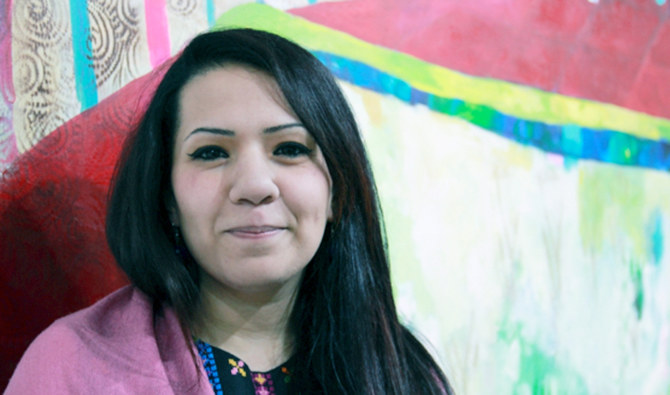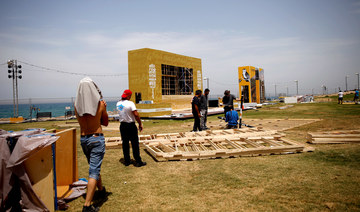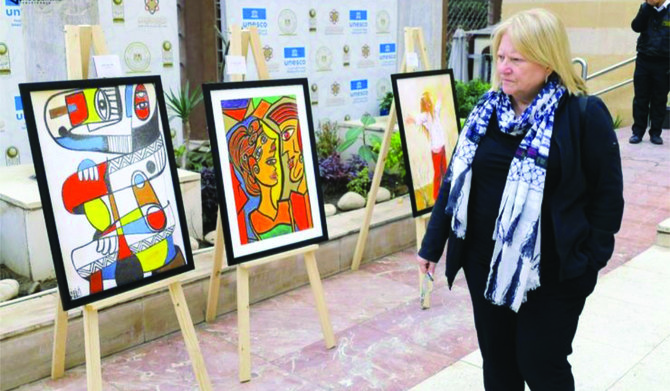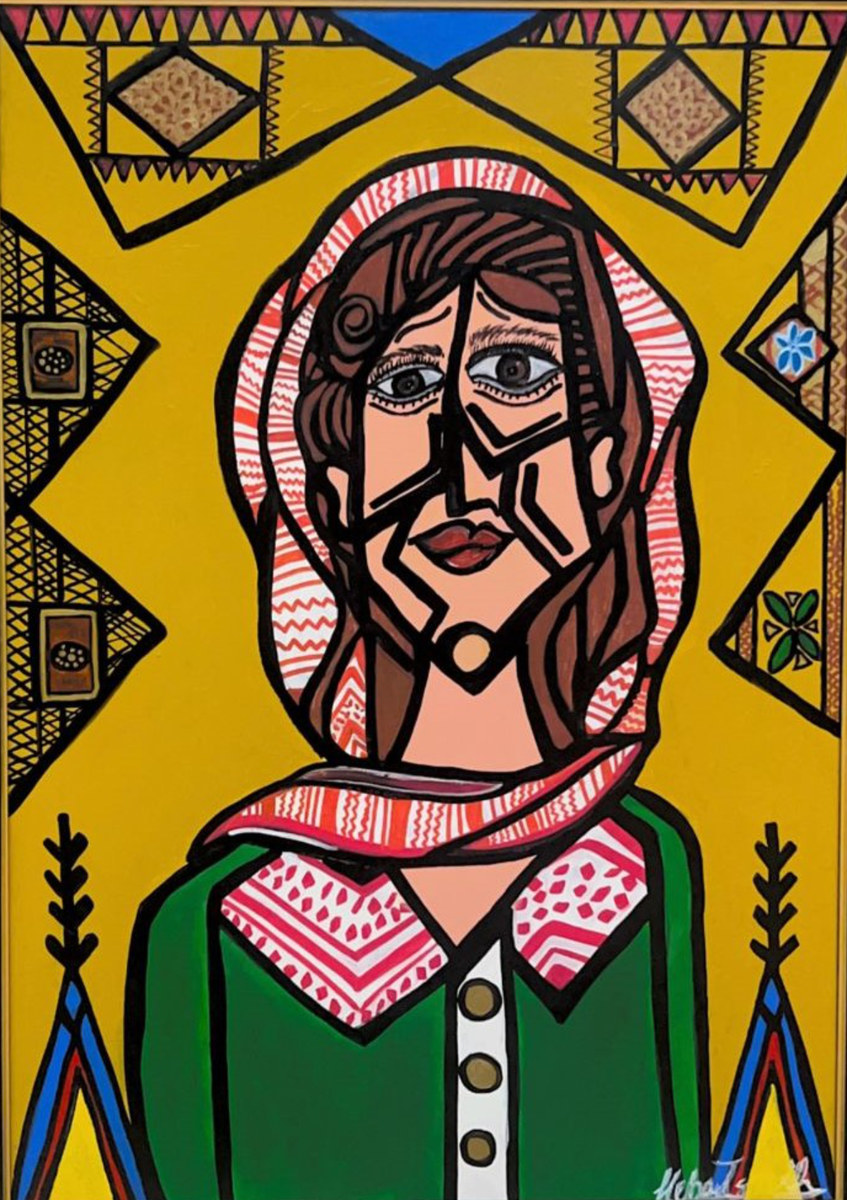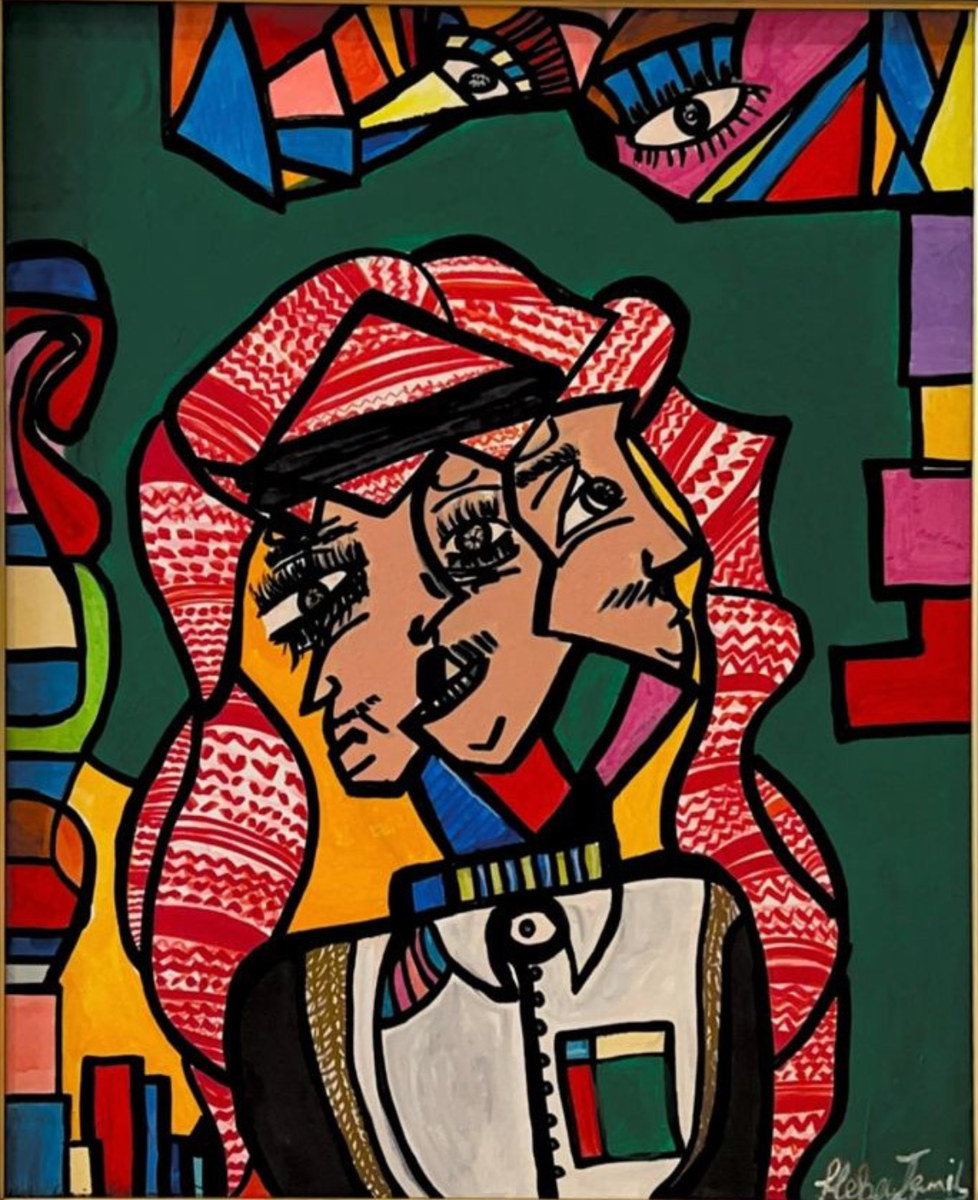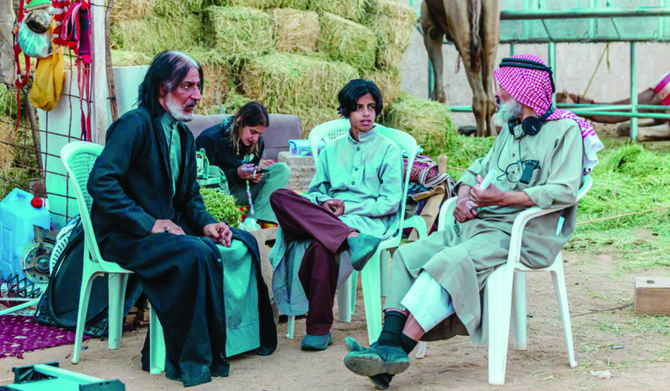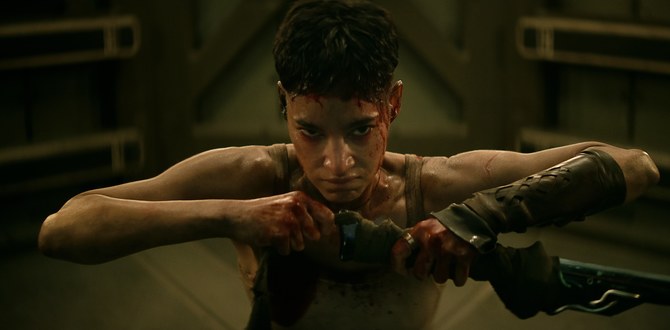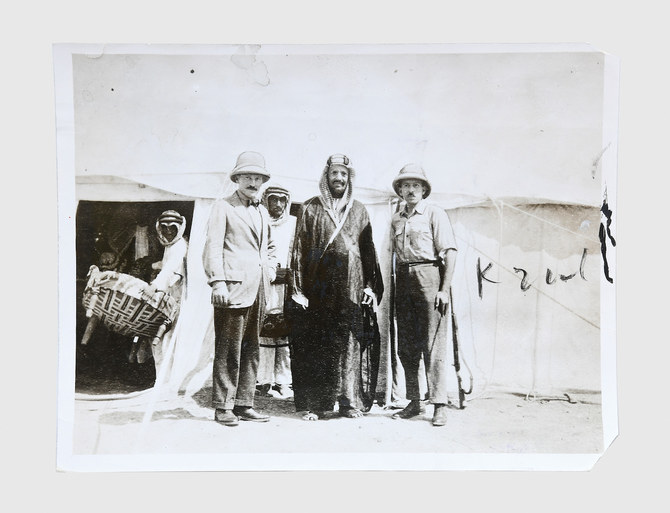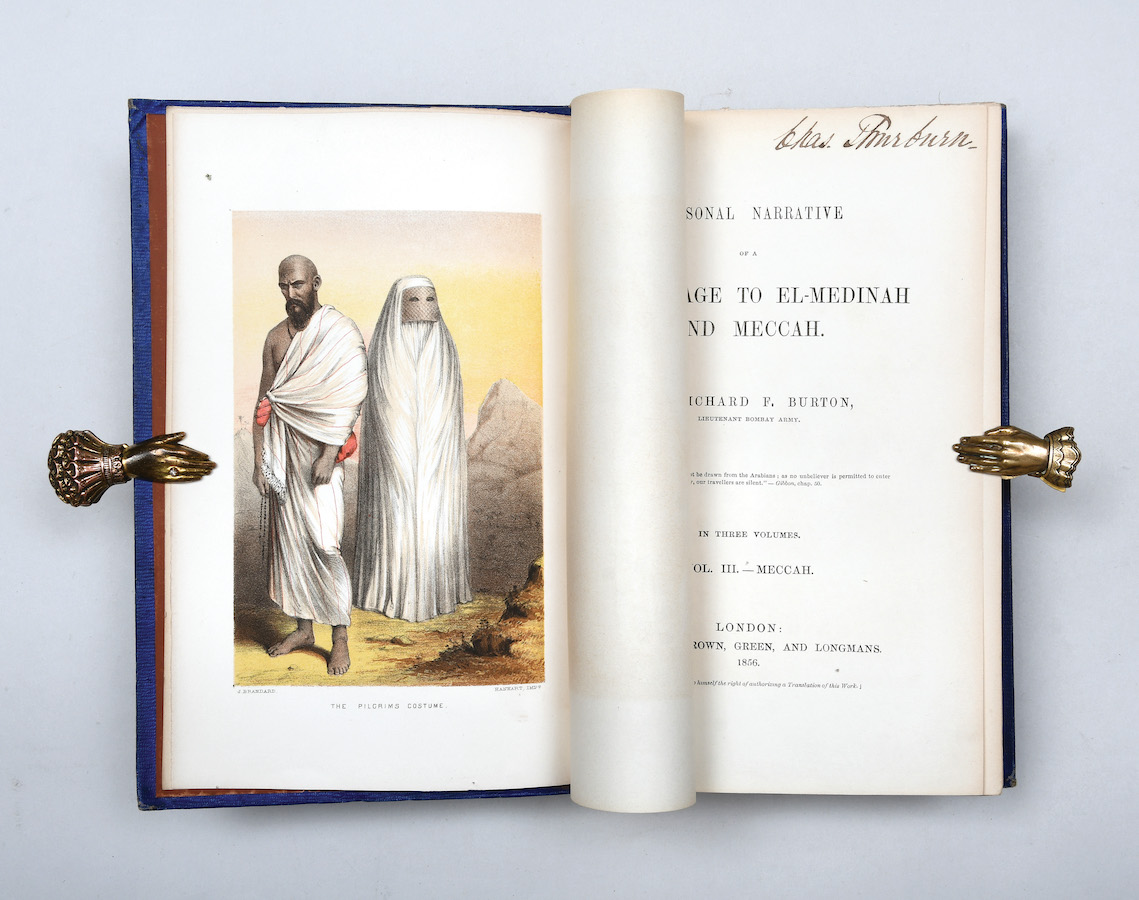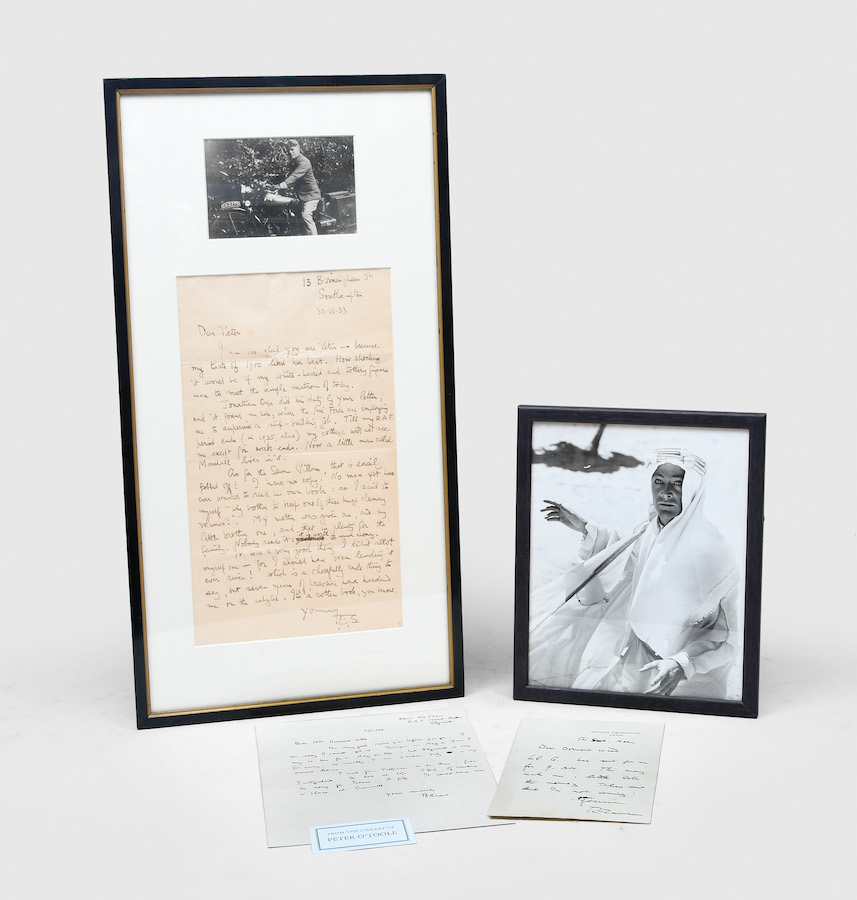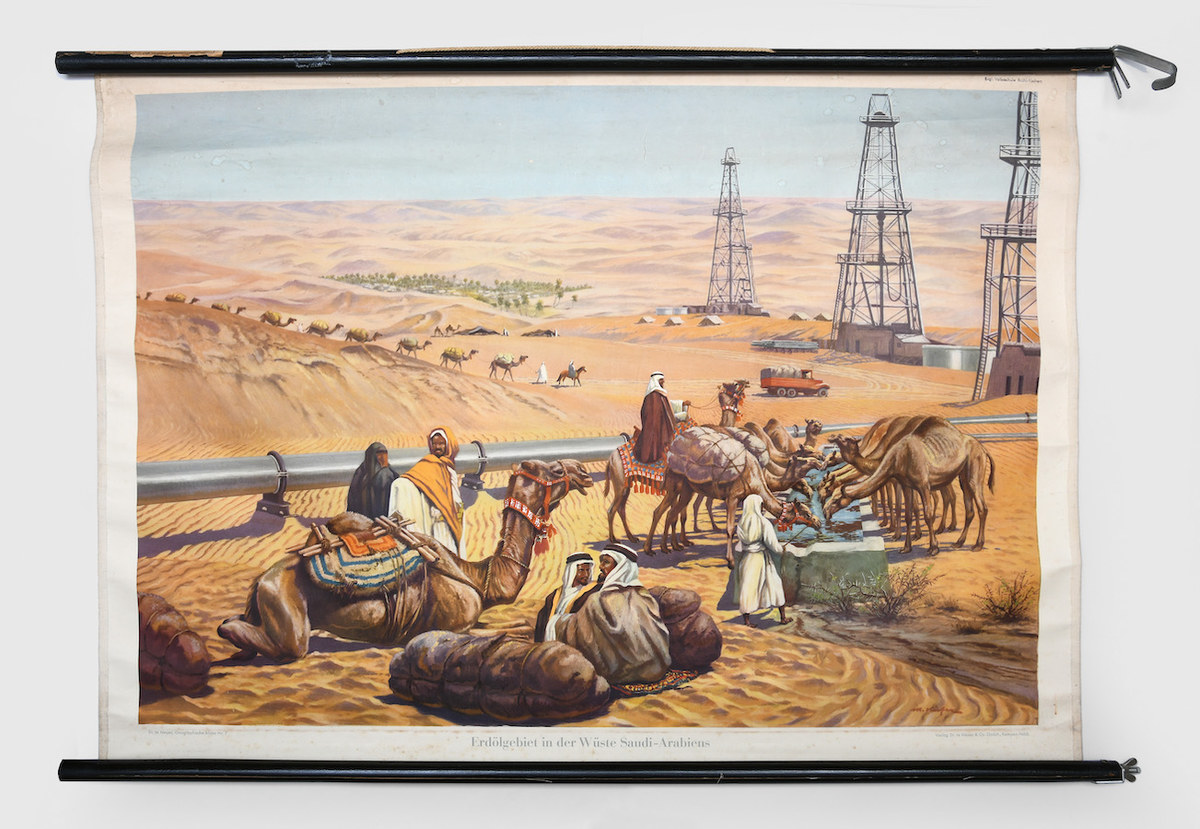DUBAI: At the age of 33, Palestinian visual artist Rana Samara has grown tired of the repetitive — often combative — themes most commonly found in modern and contemporary Palestinian art, including the symbolic motif of olive trees and the political act of throwing stones. As her inquisitive body of works shows, the socially engaged, Ramallah-based artist looks to dig deeper into societal and gender issues through her vivid imagery of couples’ bedrooms and emotionally charged portraits that offer a glimpse into the minds of Palestinian children.
“My personal view is that, in Palestine, elements of normal, everyday life are unspoken,” Samara tells Arab News. “For instance, if one looks at the work of the late Palestinian master Ismail Shammout, he made images of refugee camps. But, in these images, one sees things from an exterior point of view, which made me question what the interior life was like. There are many closed doors that need to be opened and explored. Through my works, I would like to be able to make the private public.”
Represented by Ramallah’s Zawyeh Gallery, Samara has so far produced two major bodies of works: “Intimate Space” and “War Games.” Both delve into different facets of contemporary Palestinian society, tainted by the state’s ongoing political instability.
Samara’s works have been largely inspired by her personal encounters as a woman and as a Palestinian, as she once explained in a statement. “I have always been intrigued by both the stories and untold silences women transfer from one generation to another, in particular from mothers to daughters. Women hide great stories and if you give them the opportunity they will make great storytellers,” she said. “Intimate stories and female wisdom are the sources of inspiration for me and for my practice. That said, perhaps my own experiences are a latent inspiration too. I grew up in a typical Palestinian family and consequently spent most of my childhood and teenage years observing and analyzing social and gender relations. I came to understand how precious, yet also how suffocating, women’s roles as carers and nurturers can be.”
In “Intimate Space,” created between 2015 and 2016, Samara unconventionally presents her calm interpretations of the post-coital interiors of couples’ bedrooms: A gentleman’s tie slung onto a bed, a pacifier tossed on the floor, a case of pills placed on the counter. These are the intimate details of what Samara likes to refer to as “a documentary of everyday life.” The subject of this series was triggered by Samara’s visit to the Palestinian Al-Amari refugee camp, where she simply asked herself how couples could maintain intimacy in uninspiring, often sad, cramped spaces without much privacy. “Can you imagine how depressing life can be in the camp?,” she asks. “They try to beautify and improve it, but once a person enters the camp, it can be a really depressing and deadly environment.”
In terms of style, “Intimate Space” is reminiscent of Henri Matisse’s spatiality and David Hockney’s use of bright colors, adding life and a touch of femininity and lightness to what some might consider a crude subject. “Regardless of the circumstances, I felt the beauty and intimacy of these scenes and that is one of the reasons why I used bright, and not depressing, colors for these images,” she says.
“War Games,” a series of acrylic paintings, debuted at Art Dubai 2019 — the second time Samara had participated in what is arguably the region’s most-significant art fair. The series invites viewers to observe the dreams of deprived children and young refugees, who have in some way or another been affected by war in the region.
The images ultimately give the impression of the loss of a normal, innocent childhood; an outcome of war that Samara believes isn’t widely discussed. “Children dream of games they yearn to play and objects that bring them feelings of safety and comfort within their own home and family, re-occur to become part of lifelong memories and influences,” according to a statement released by Zawyeh Gallery.
A research-driven project that took around 18 months, “War Games” came to life after Samara was approached to create works inspired by Jerusalem. Having never set foot in the city prior to this project, Samara avoided concentrating on typical themes; instead she turned to the city’s critical reality of the destruction of homes for inspiration.
An empathetic conversationalist at heart, Samara’s onsite research led her to converse with traumatized owners of destroyed homes — an activity which also included interaction with children: “As a mother, I have the skills of communicating with children. And so, as I was sitting with a little boy I asked him to bring a pencil and a paper to express his feelings, particularly about the destruction, by drawing them. He told me that he had a terrible nightmare and it was this little boy’s story that initially motivated me,” she explains.
Having settled on the theme of transmitting children’s dreams (or nightmares) onto canvas for this project, Samara traveled to Jordan, where she spent time in various refugee camps, seeking insight into life there. She also conducted art therapy workshops, in which refugees and young people were encouraged to express their thoughts and concerns, which became a great source of inspiration for the series. Overall, it was a sense of loss that Samara noticed time and again while observing children’s drawings. “They overcame defeat, death, destruction, pain, or the loss of a parent, ” Samara says of children from Gaza.
One of the most intriguing pieces in “War Games” is a vivid image of an open tine of Quality Street chocolates containing reels of thread — reflecting the mental state of a boy preoccupied with heavier thoughts: “Instead of thinking where he should play after school is over, he is thinking about the tin and its association with his mother’s source of income and happiness. In a way, he is tying his financial wellbeing to the tin,” explains Samara.
Probably the most popular image from the series is the autobiographical “Super Mario,” based on a life-changing incident in Samara’s childhood when her family’s home was invaded by Israeli soldiers, while she was involved in a game of “Super Mario.” At that moment, not only was the security of Samara’s home life lost, but, she says, one of Mario’s lives in the game was lost too.






